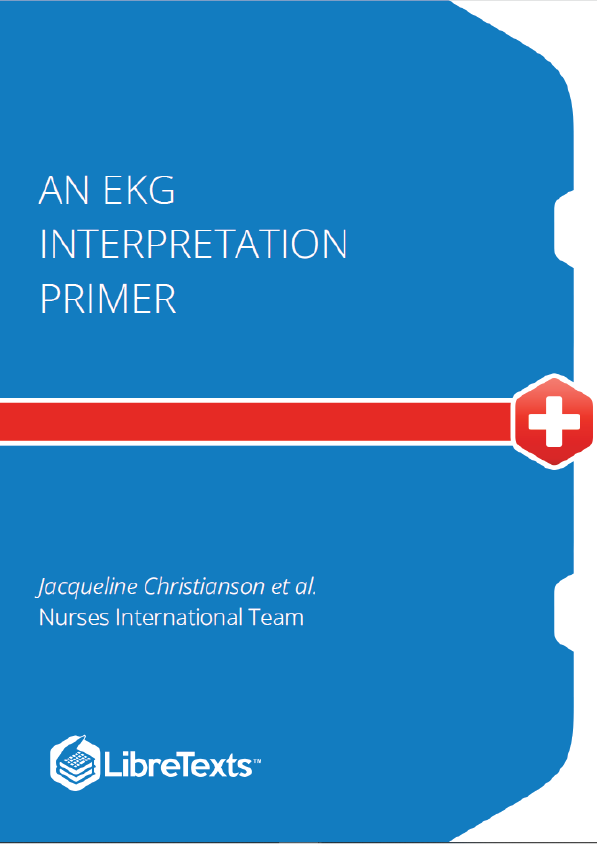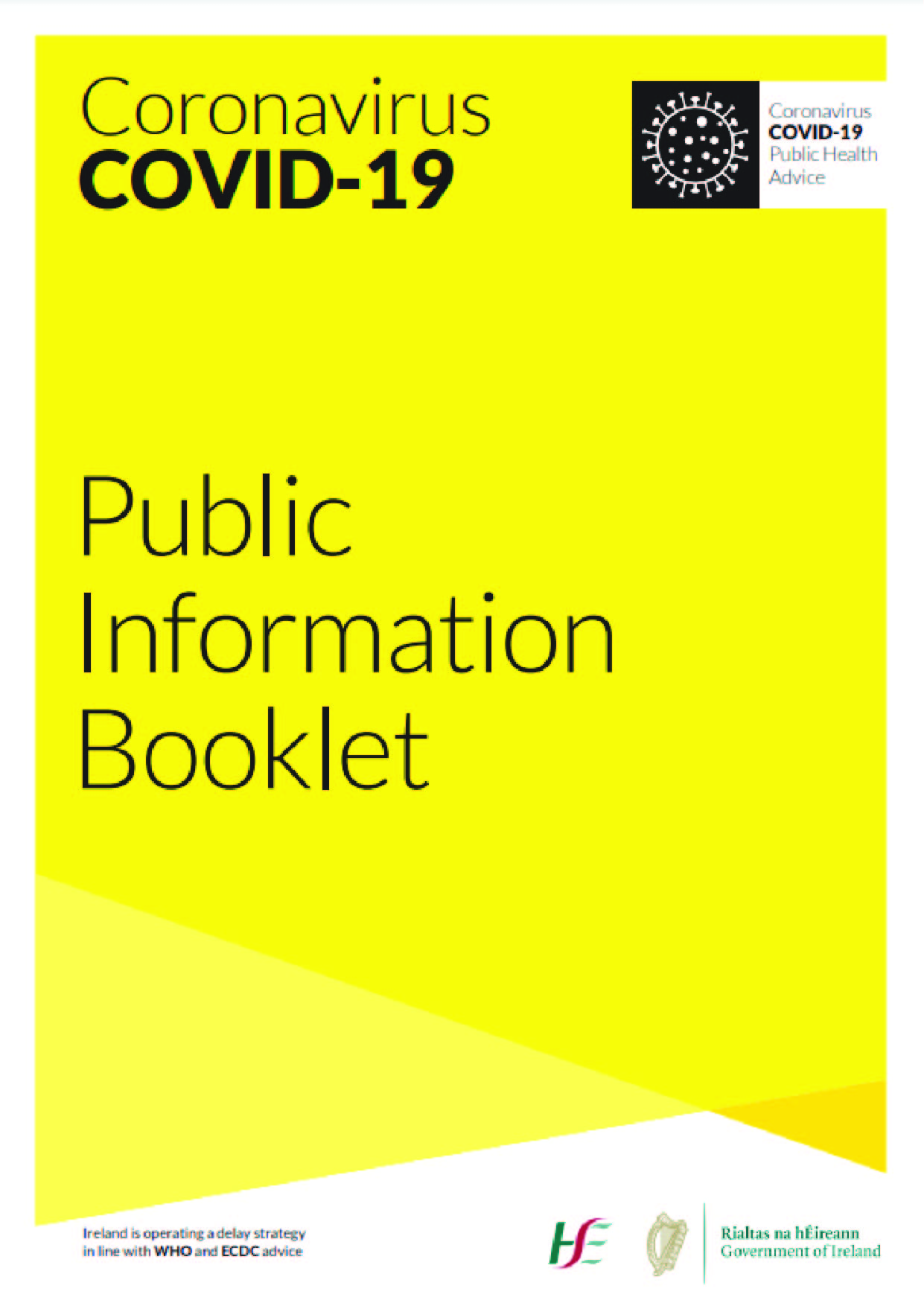Anatomy and Physiology of the Heart
This segment is a prerequisite lecture in preparation for the EKG interpretation primer. A strong foundation in the anatomy and physiology of the heart is essential in understanding and interpreting EKGs. This segment will review that anatomy and physiology.
The above is a visual reminder of the structures of the heart. Of note, the tricuspid valve is also known as the right atrioventricular valve. The mitral valve is also known as the bicuspid valve or the left atrioventricular valve. Both terminology is correct. The tricuspid valve is tricuspid because it has 3 flaps that seal together to form the valve, anchored along the wall of the adjacent ventricle wall. The bicuspid valve only has 2 flaps.
The pulmonary and aortic valves are called semilunar valves. These valves are funnel-shaped and, while morphologically different from the cuspid valves, fulfill a similar function (preventing blood backflow). When you auscultate heart sounds with a stethoscope, the sounds you are hearing are the valves opening and closing.
Coronary Arteries
The coronary arteries provide the heart with its own dedicated blood supply. While the left ventricles do pump oxygen-rich blood to the rest of the body, the entire heart does still require their own blood supply. The coronary arteries are the first arteries that branch off the aorta.
For the time being, just be aware that there are coronary arteries, their job is to supply blood to the heart tissue, and make a mental note of where they are located. They will be revisited in a later segment.
What is Electricity and Polarization?
It is first necessary to understand what electricity is. Electricity is defined as the presence and the flow of electrical charge. All forms of electricity (including the kind that is used to power devices like lights in a home) involves a flow of positively and/or negatively charged atoms from one point to another. Atoms that have a non-zero charge are called ions. To understand what an ion is, it is helpful to understand atomic theory as it relates to the position of electrons. An atom contains a nucleus (center) made of protons and neutrons. Protons are positively charged particles, neutrons are particles that have mass but are not charged (neutral = neutron). Electrons orbit around the nucleus of the atom, much like a planet orbits around a sun. While protons and neutrons are fairly stable in their position in the atom, electrons are constantly in motion around the outside of the atom. We can predict where they are at a given time using Bohr’s theory, and use that prediction to determine how that atom is electrically charged.











